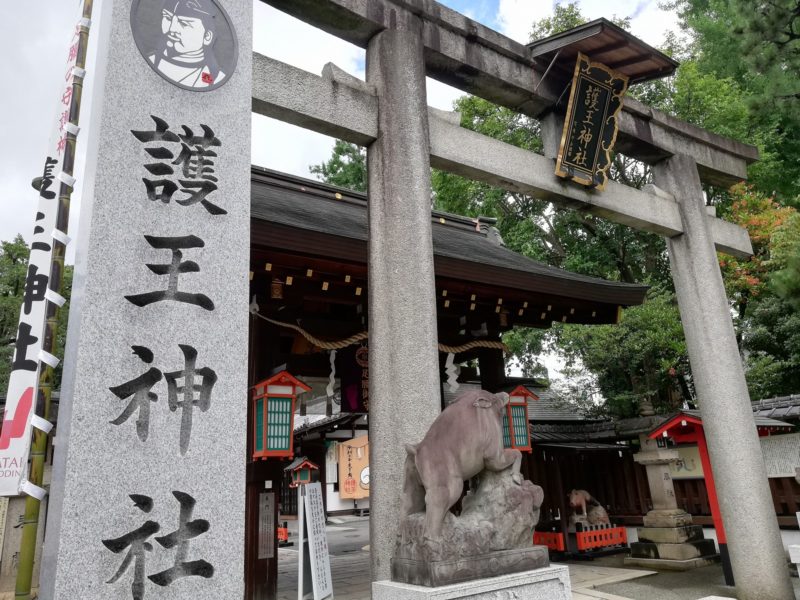
Goou Shrine
| 漢字(Kanji) | 護王神社 |
| ひらがな | ごおう じんじゃ |
| ローマ字 | Goou Jinja |
Goou Shrine, a shrine that is associated with wild boars and a guardian deity for hips and legs. It is located on the south side of Shimochojamachi Dori along Karasuma Dori near Kyoto Imperial Palace and was crowded with many worshipers for the new year in 2019 as it was wild boar(pig) year for Chinese zodiac.
| 御祭神 (Gosaijin) | 和気清麻呂 和気広虫 |
| Deity: | Wakeno Kiyomaro Wakeno Hiromushi |
The deity is Wakeno Kiyomaro and his sister Hiromushi. They advised Emperor Kanmu to move the capital from Nara to Kyoto and promoted building of the Heiankyo capital. It was originally located in the grounds of Mt. Takao Jingo-ji Temple, but it was moved to this area in 1886.
Hiromushi is a benevolent person and is called a child-raising Myojin(diety) because she raised an orphan in Kyoto. She is enshrined as the god of raising child.
Torii Gate, Front Gate
Wild Boar (狛,イノシシ)
There is a guardian boar in front of the shrine instead of a guardian dog, which is after the fact that the boar protected Kiyomaro from being killed. The Inokosai(boar festival) is held on November 1st.
Sacred Boar Water Basin (霊猪手水舎)
It is said that if you rub the nose of the wild boar, you’ll find happiness.
Haiden (Worship Hall) 拝殿
Chumon-Middle Gate, Kitoden-Worship Hall
Ogatama no ki (招魂樹), Gankake Boar (願かけ猪), Kuratategushi (座立亥串)
In front of Honden(Main Hall), the sacred tree called “Ogatama no ki” is standing with votive stone boar(Gankake boar) and votive sticks, named as “Kuratateigushi“. You write your name and wishes in the paper, and attach it to a stick, and stuck it into the ground to make a wish.
Hisyo Oyako Inoshishi (飛翔親子猪)
“Hisyo Oyako Inoshishi” literary means “Flying parent and child wild boar” theme as ”Resurrection of life”, sculpture by Keiji Kidokoro, the winner of the World Chainsaw Art Champion.
This sculpture work made from the roots of a 300-year-old katsura tree in this area that were cut down when the prayer hall was constructed.
Wakenokiyomaro(和気清麻呂)
Aristocrats from the late Nara period to the early Heian period.
Wakeno kiyomaro drawn in the old notes (和気清麻呂 紙幣)
Precincts map
Sazare Ishi (さざれ石)
Sazare-ishi look like rocks made of thousands of little pebbles and are often regarded as sacred. It is in the Japan national anthem, you can refer to below site more details

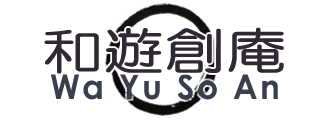
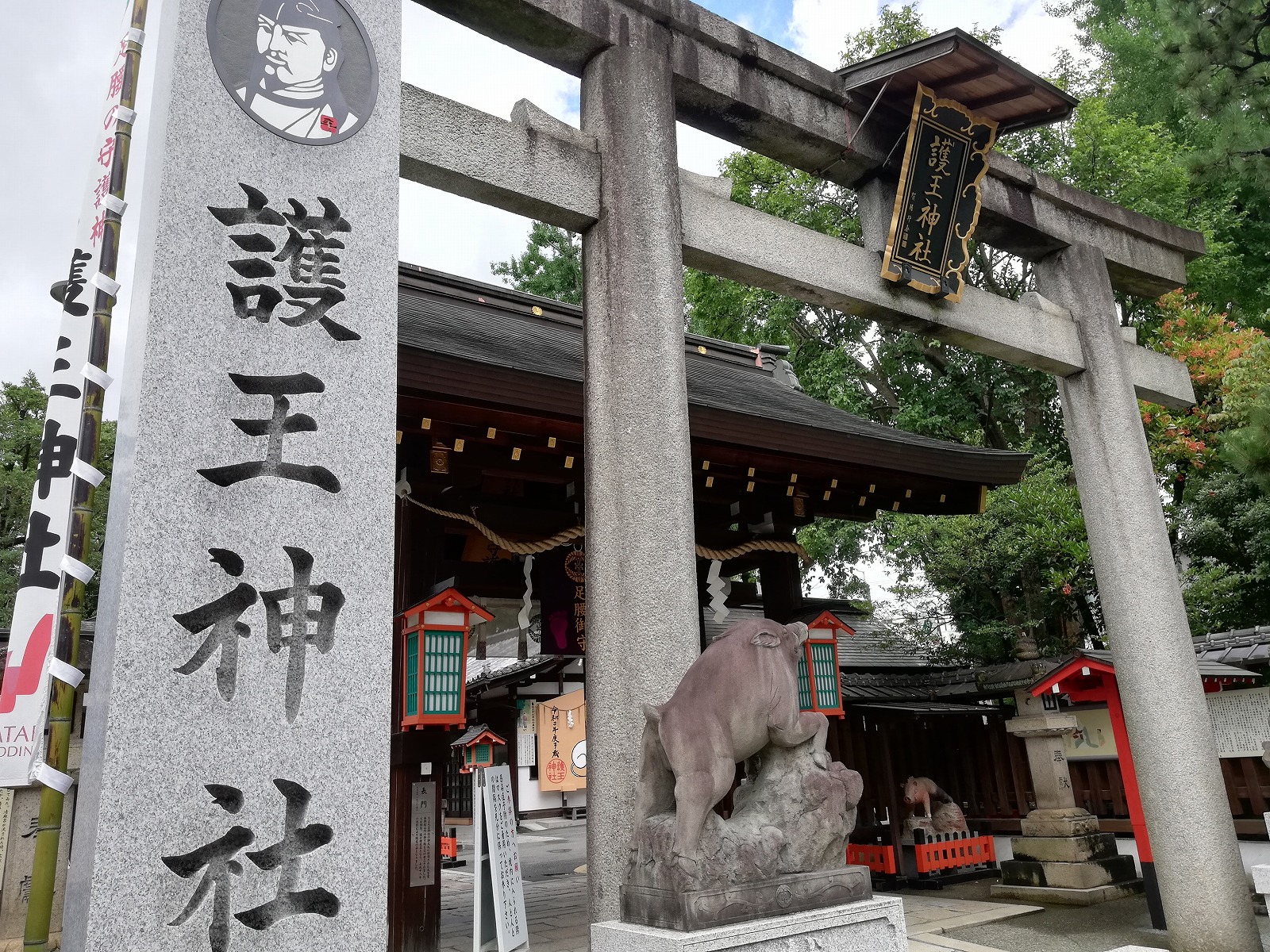
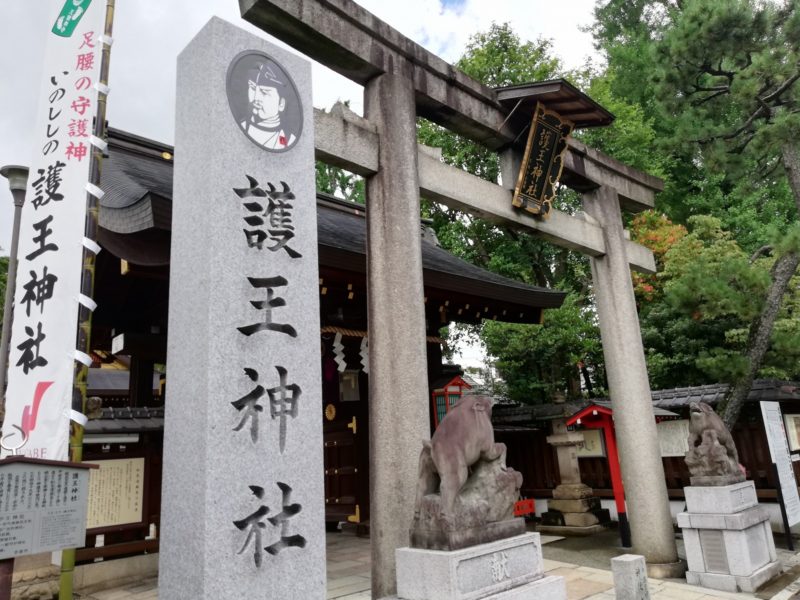
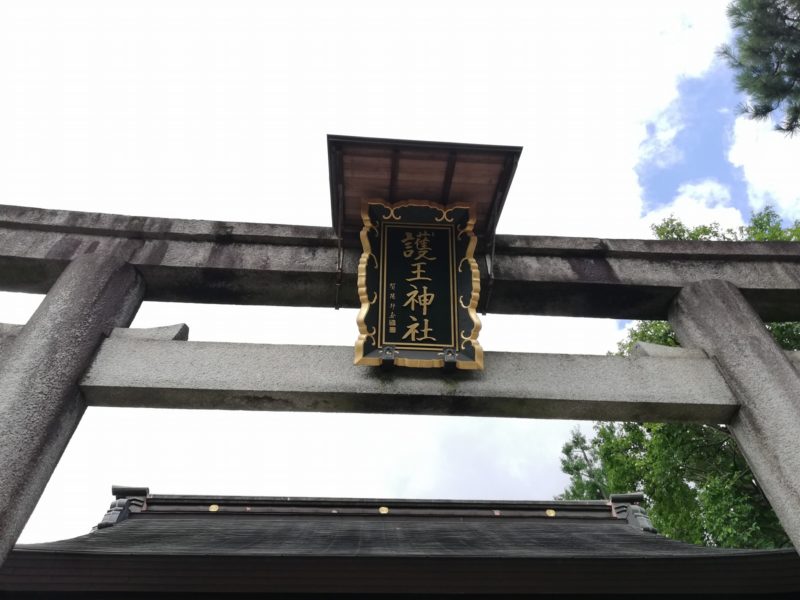
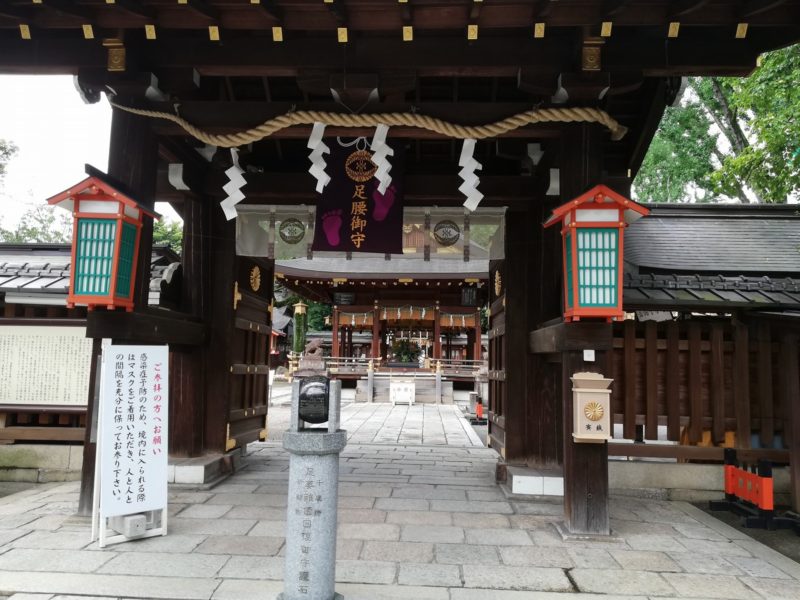
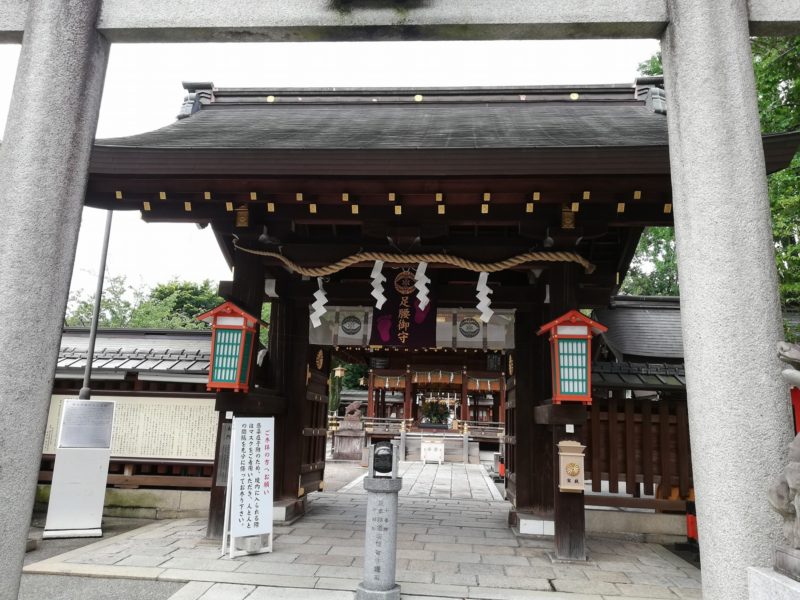
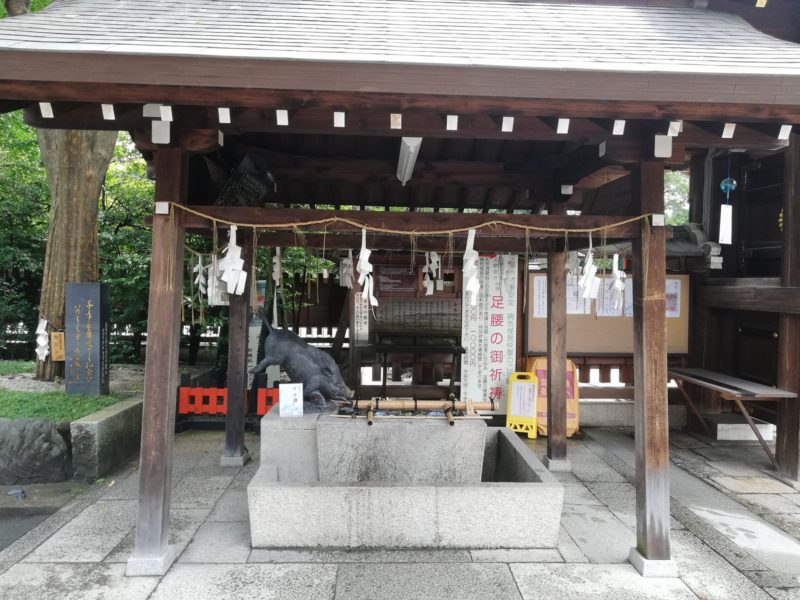
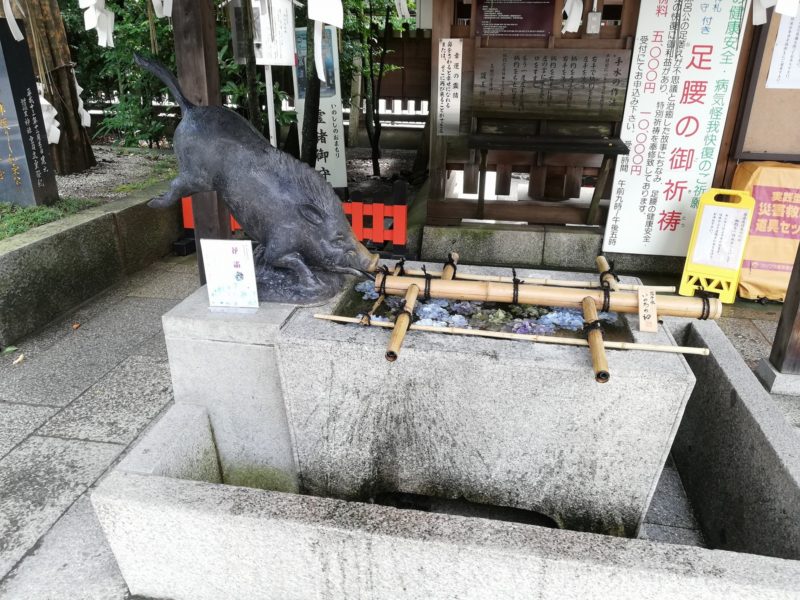
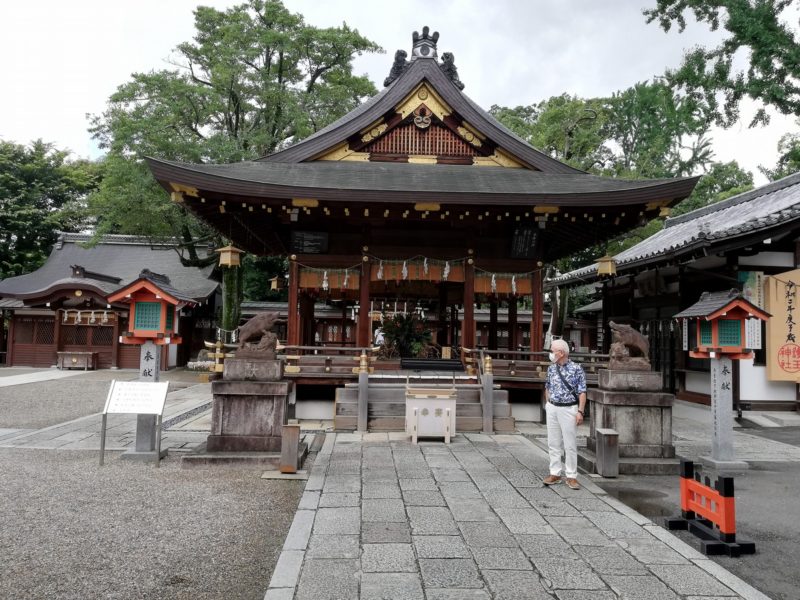
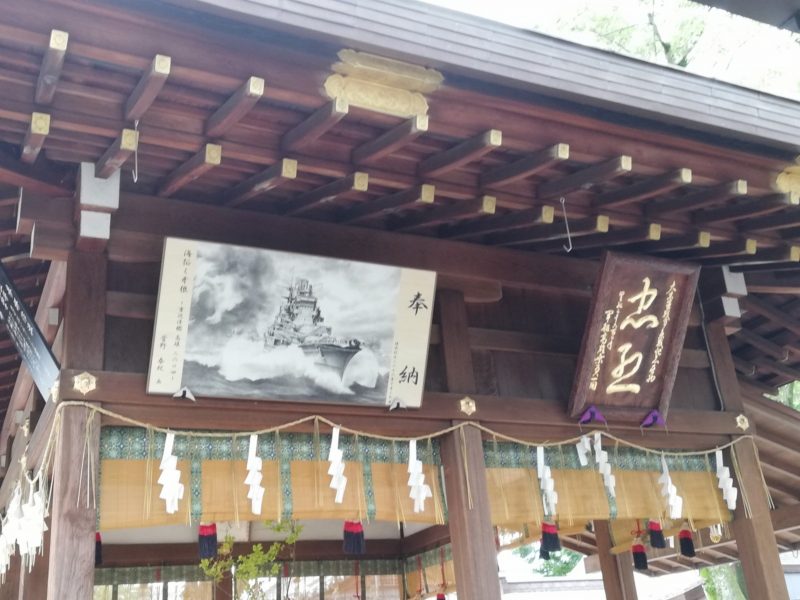
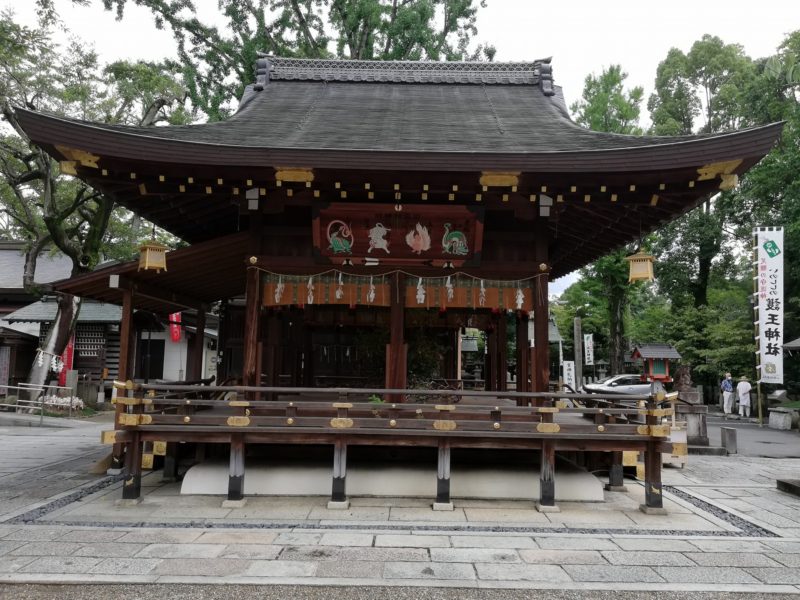
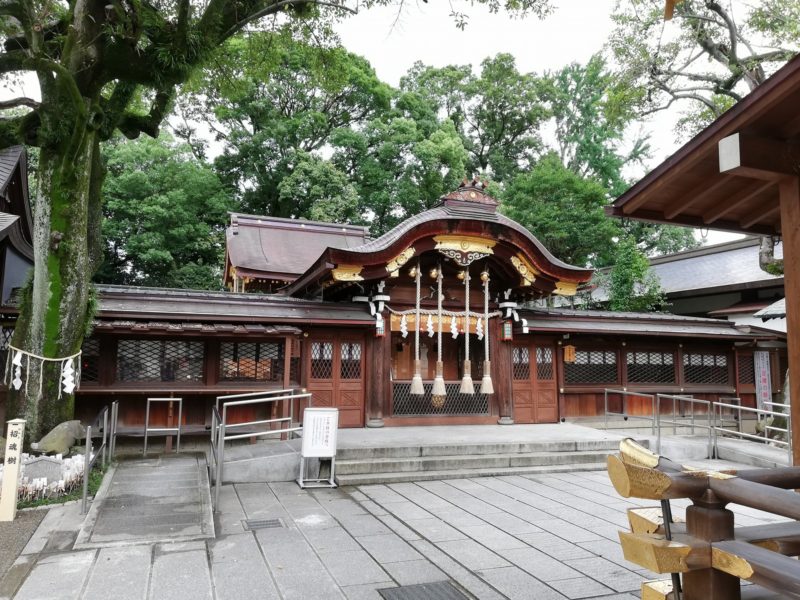
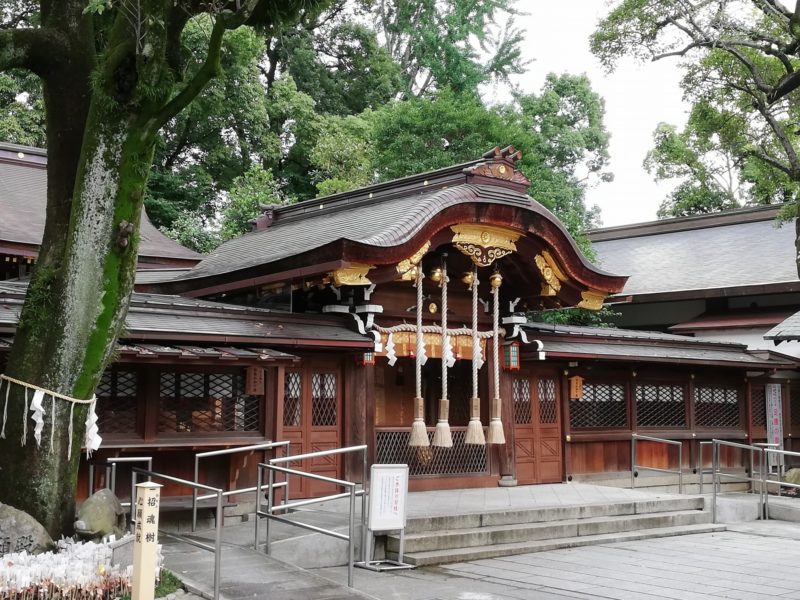
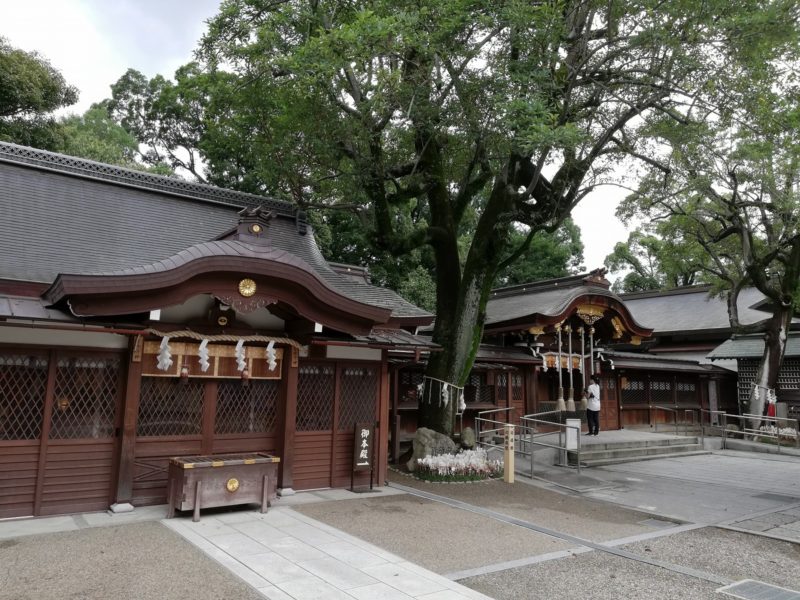
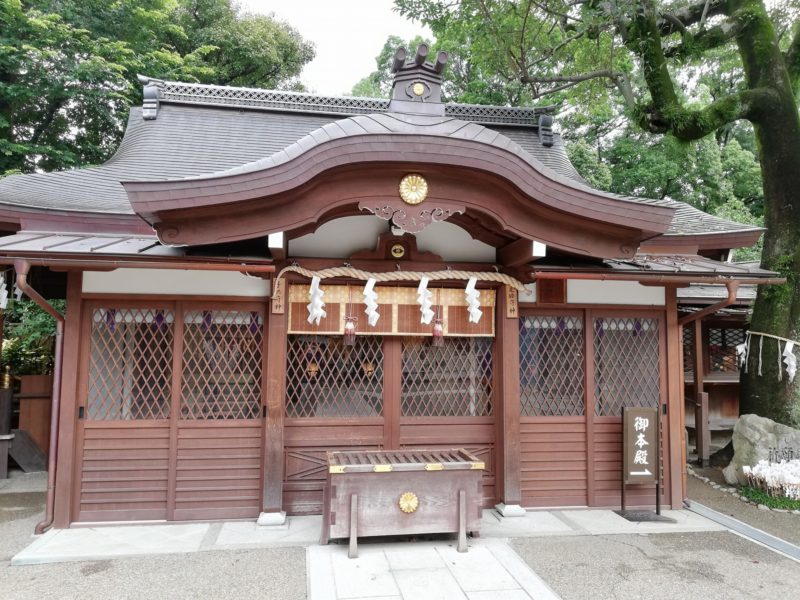
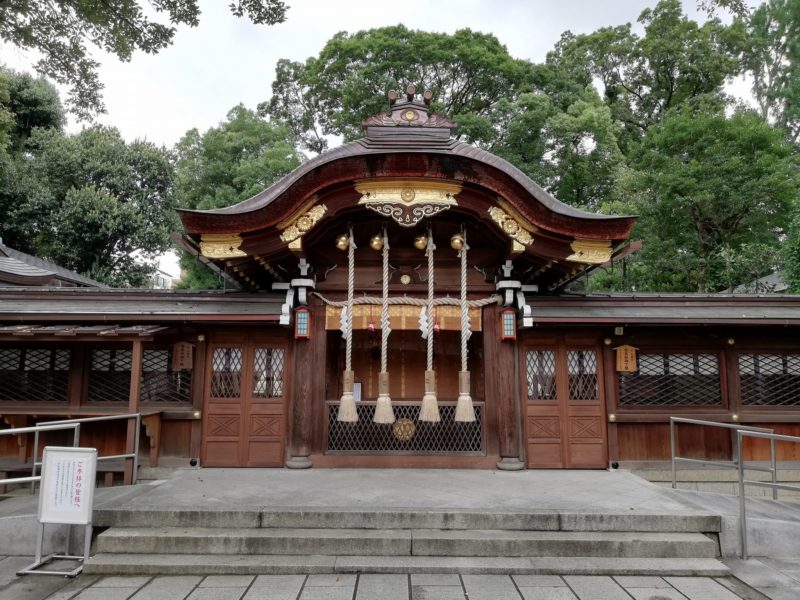
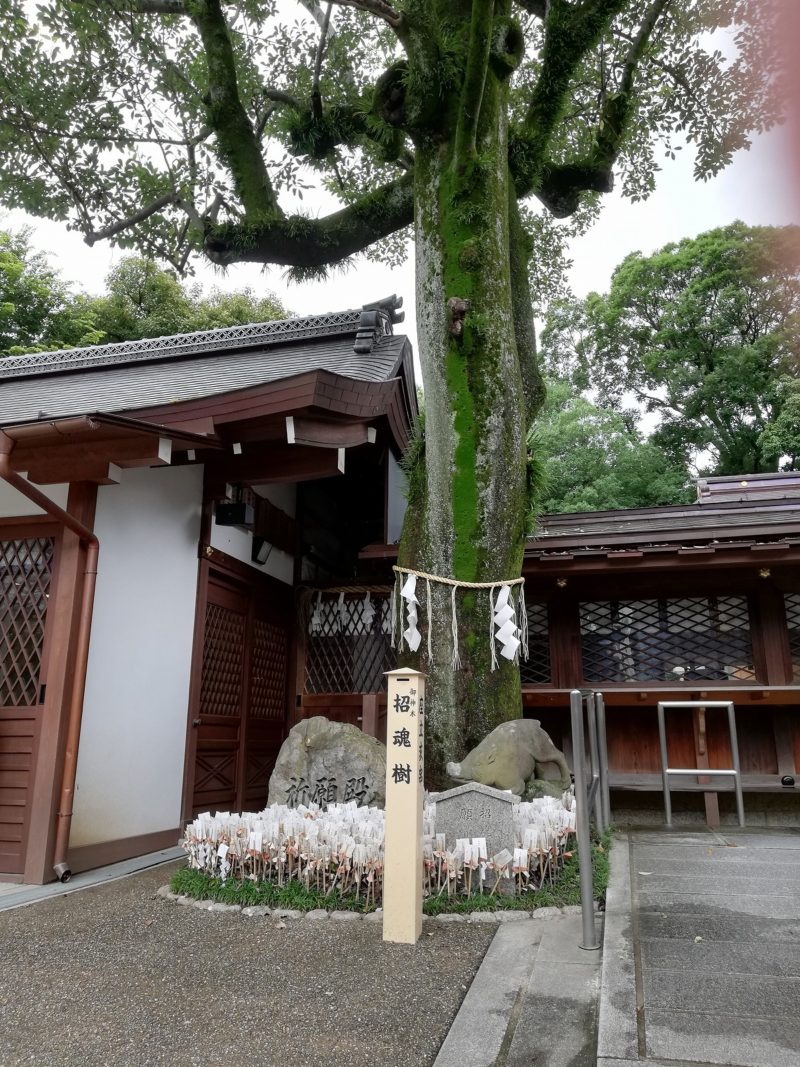
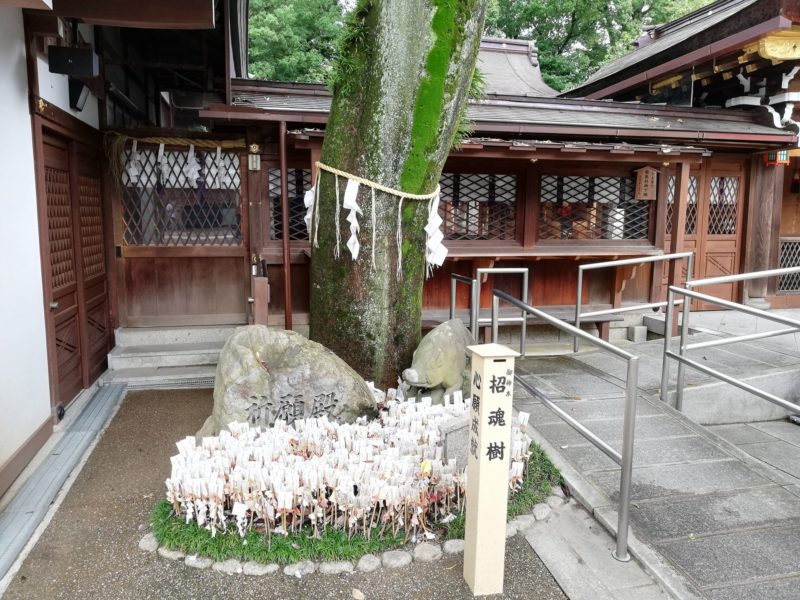
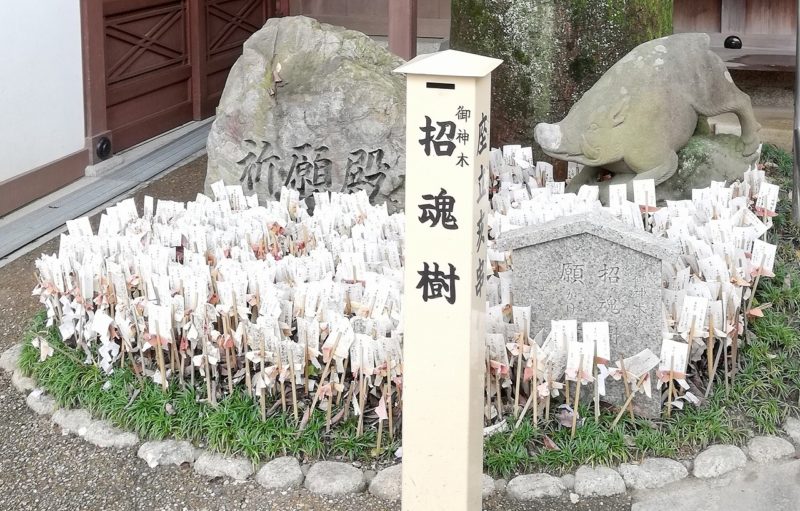
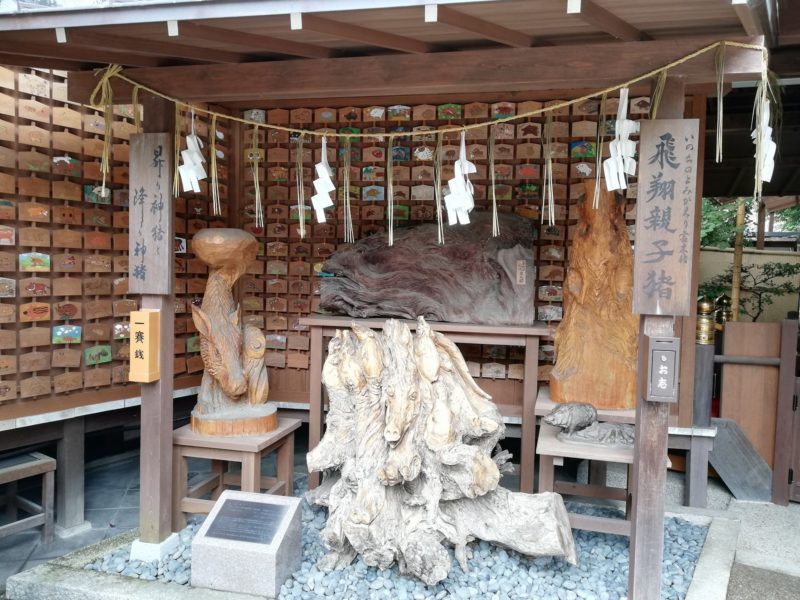
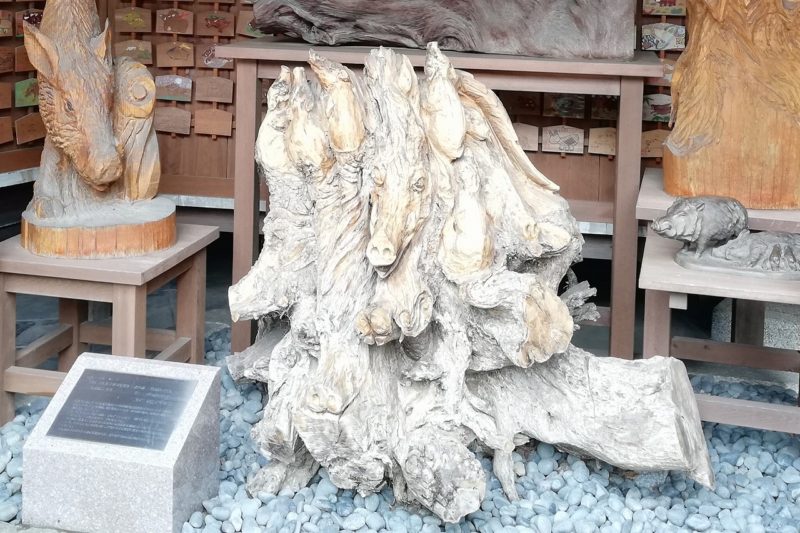
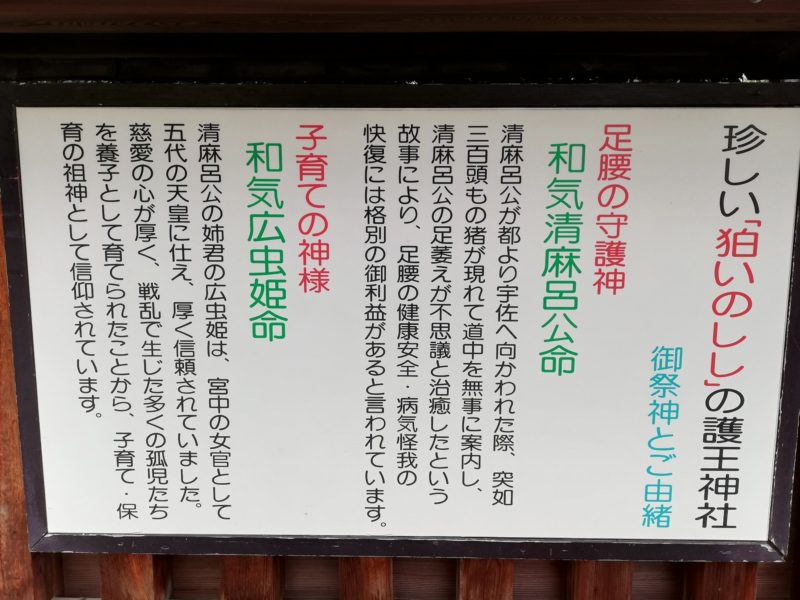
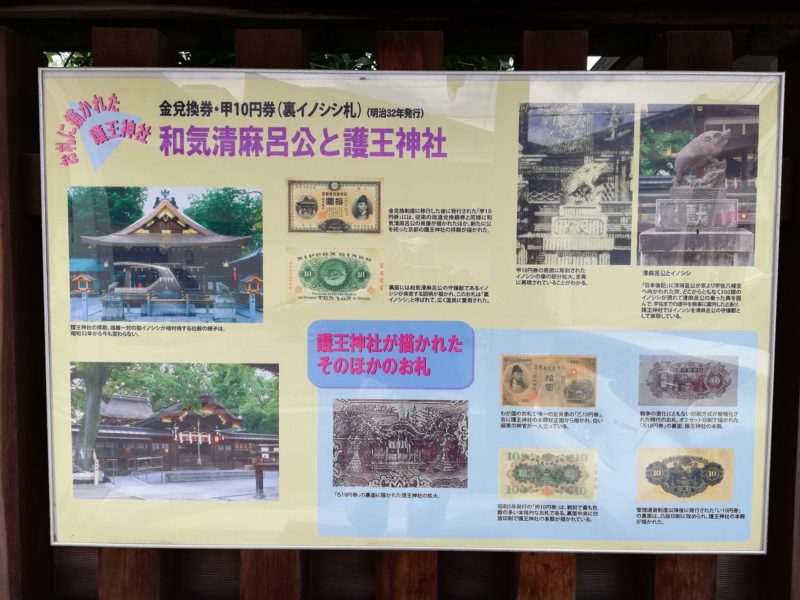
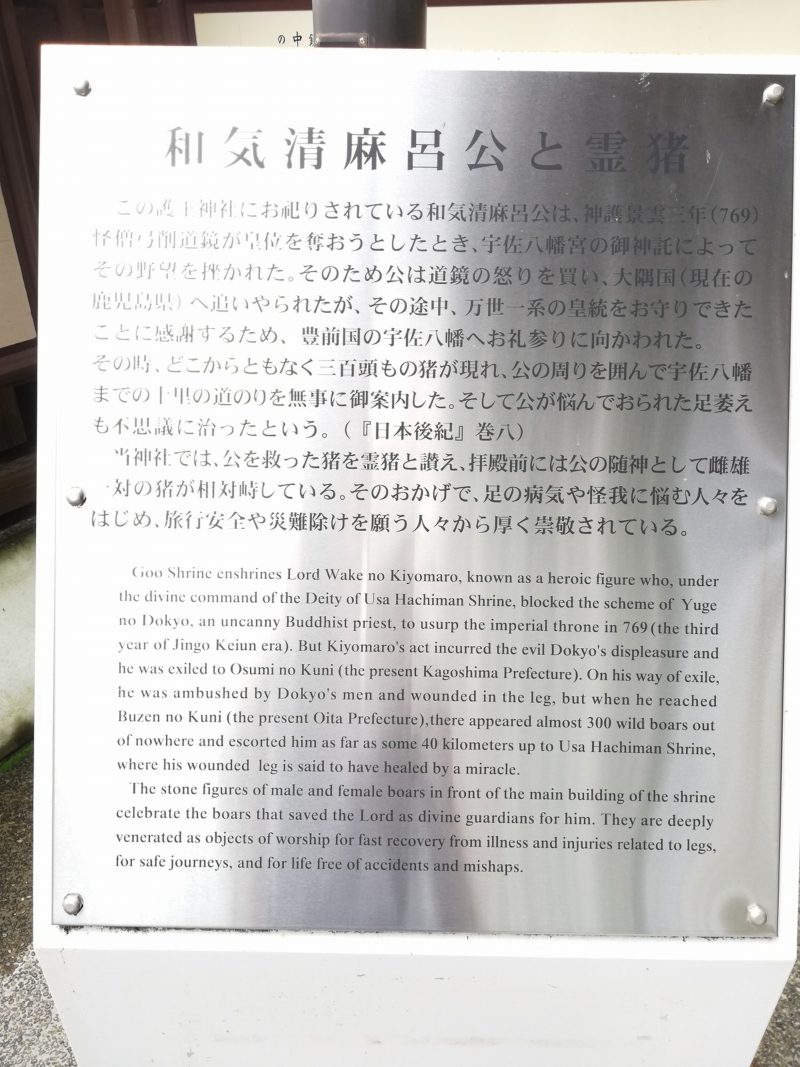
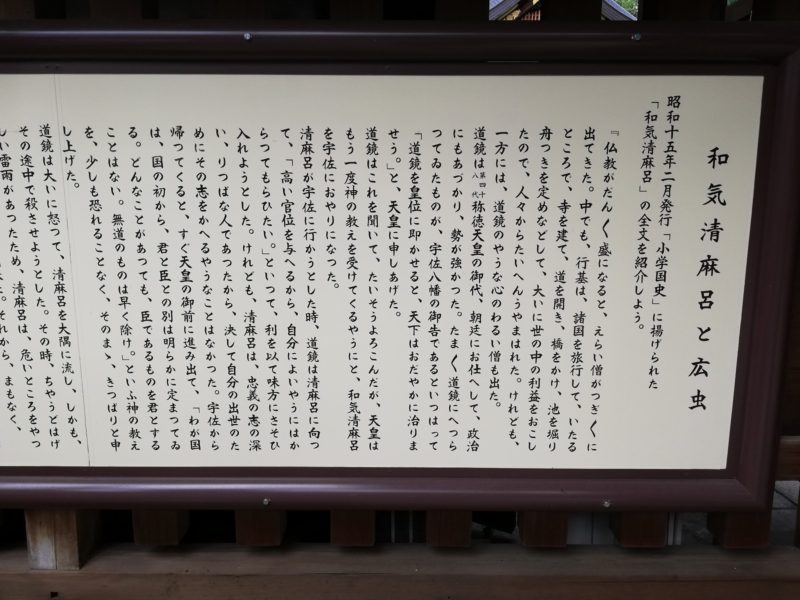
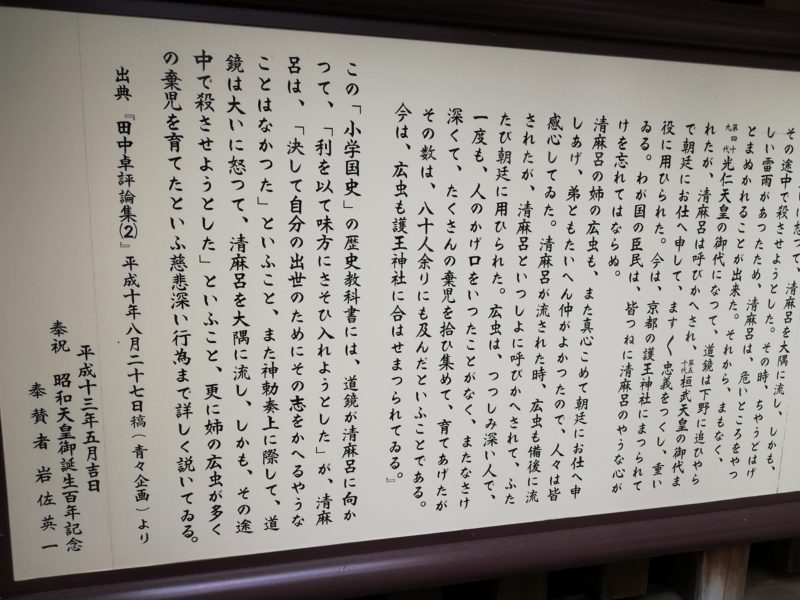
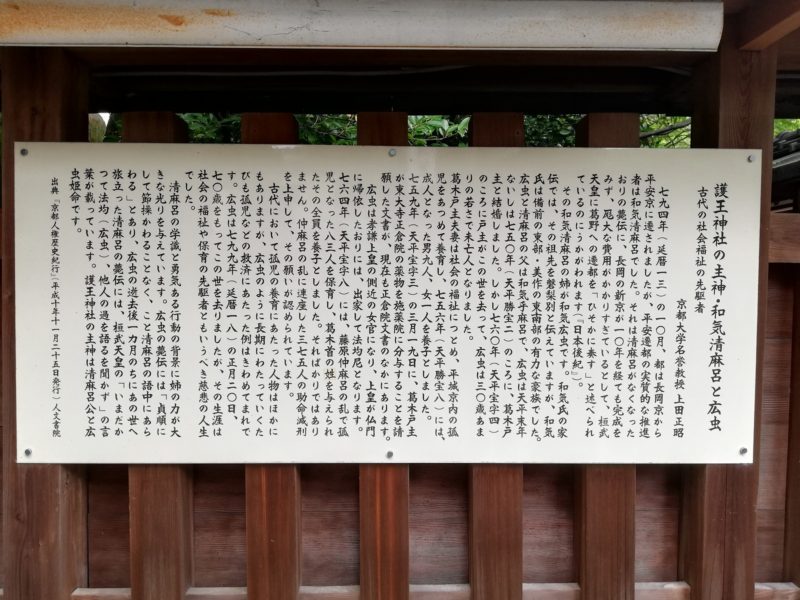
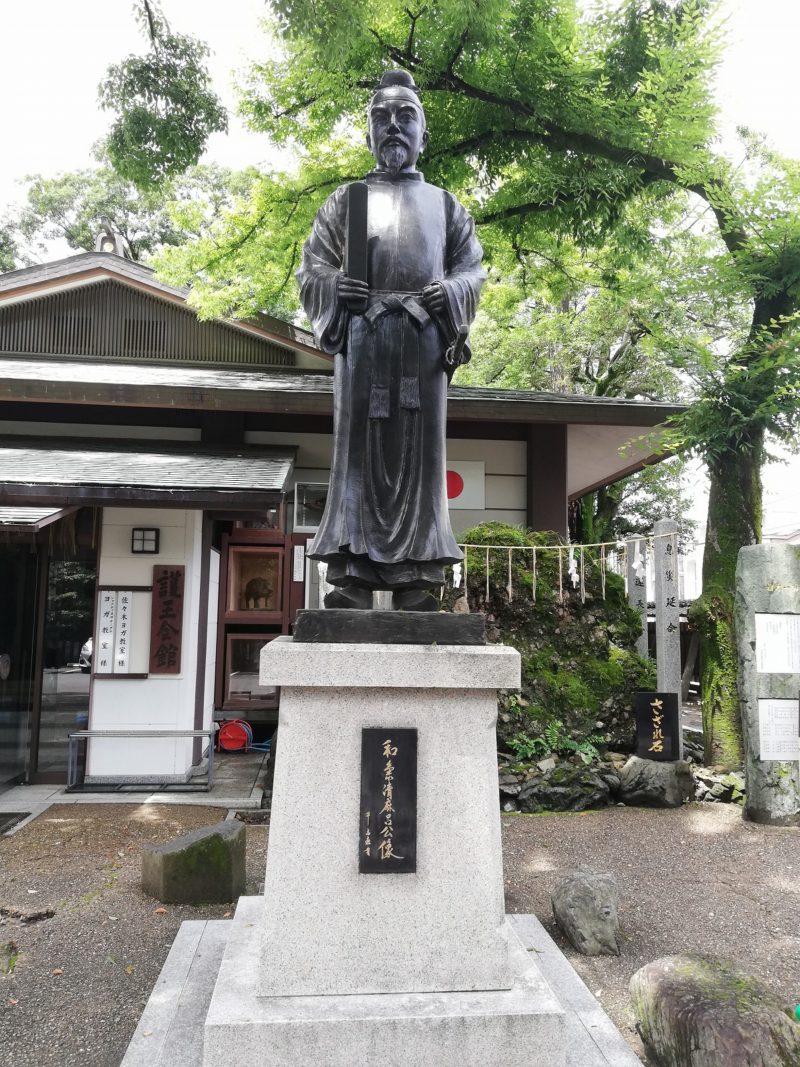
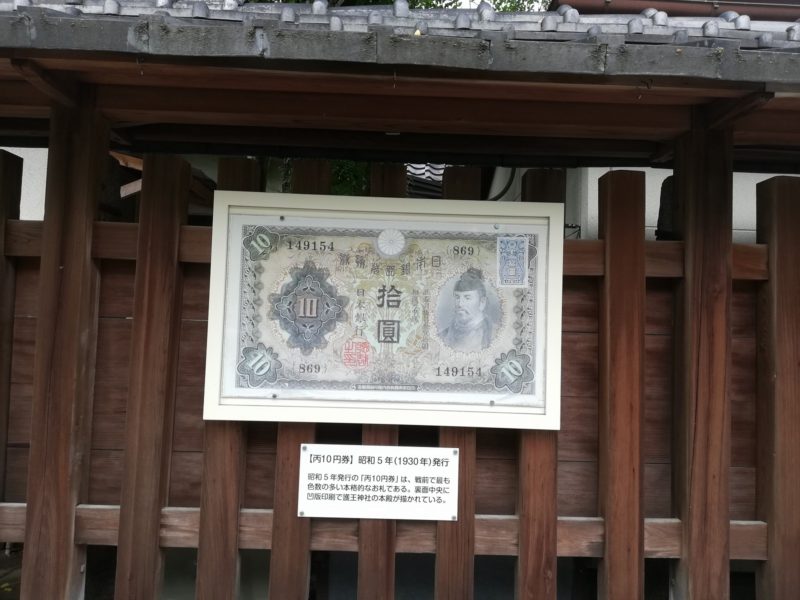
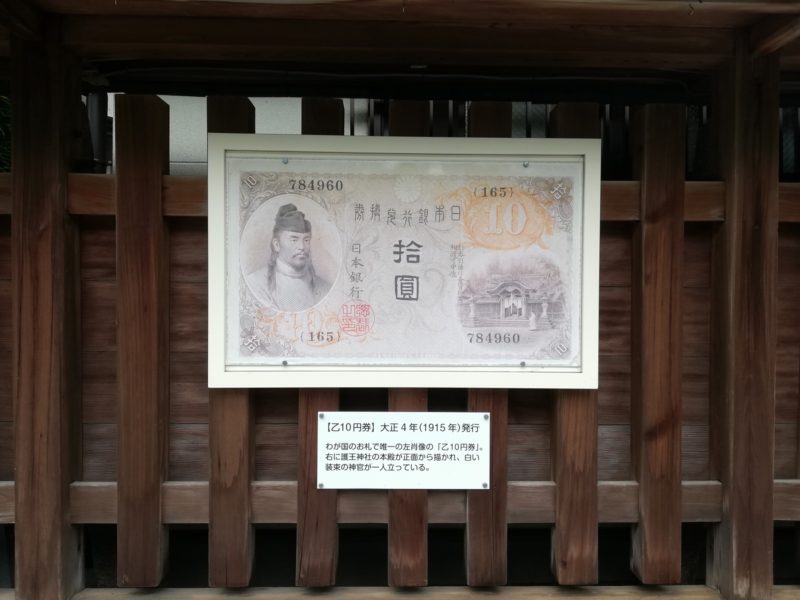
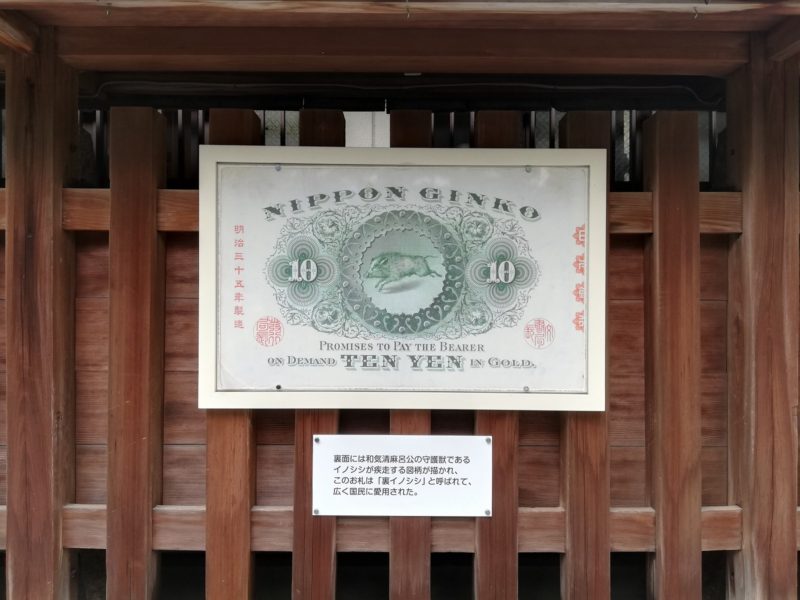
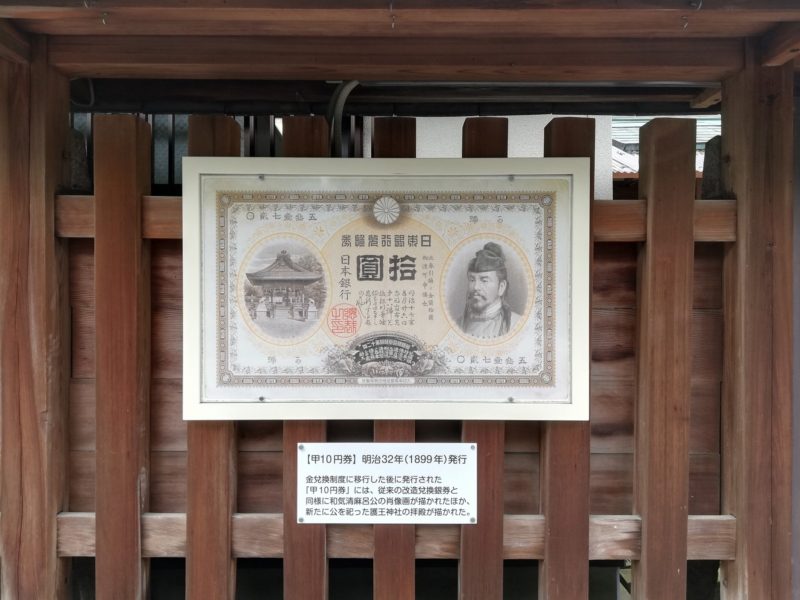
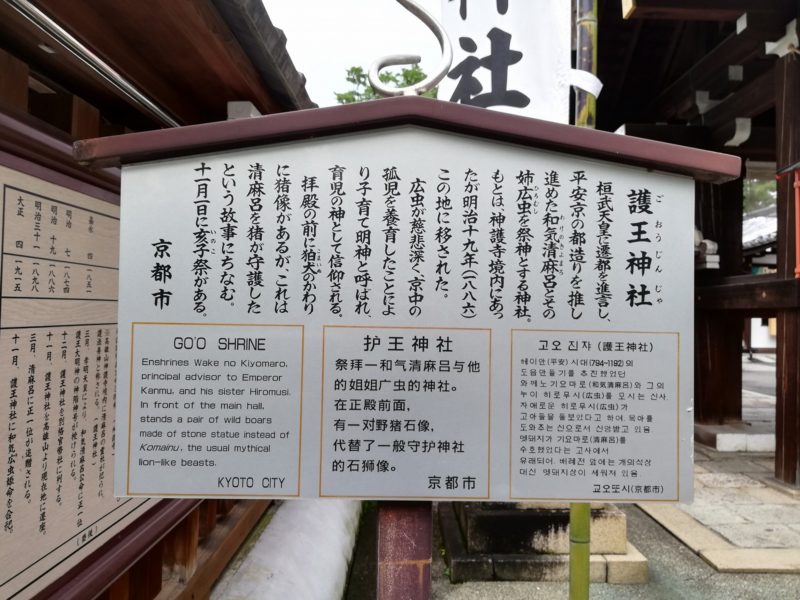
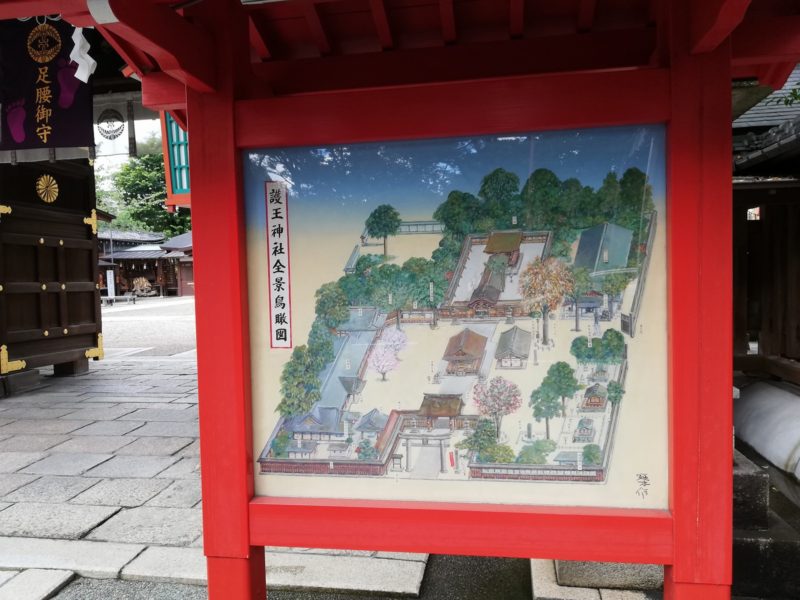
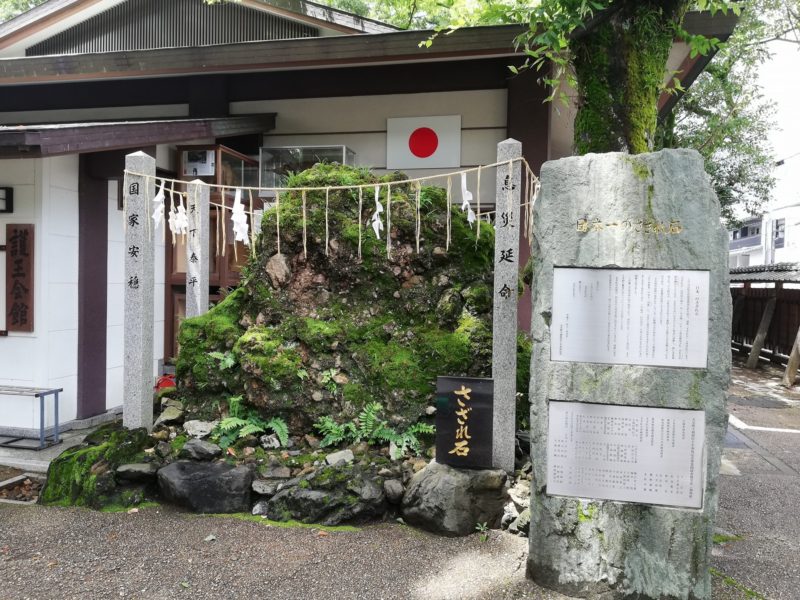
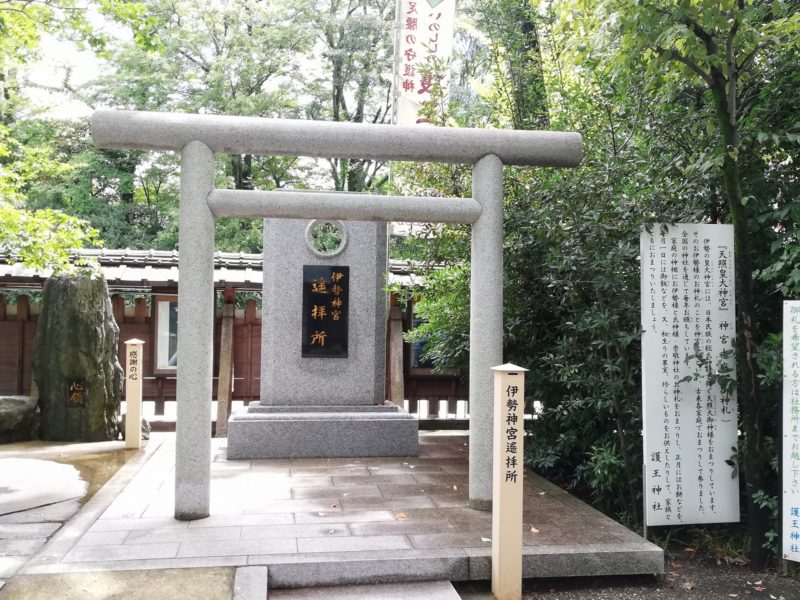
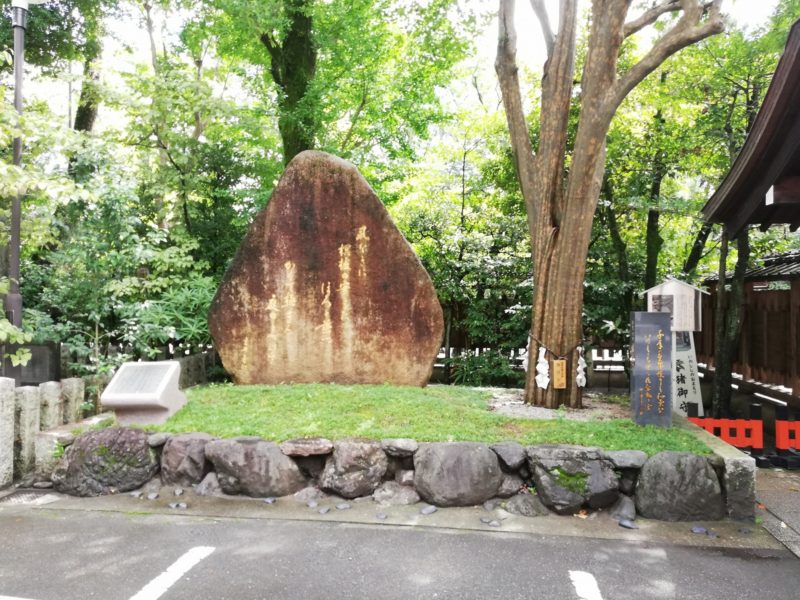
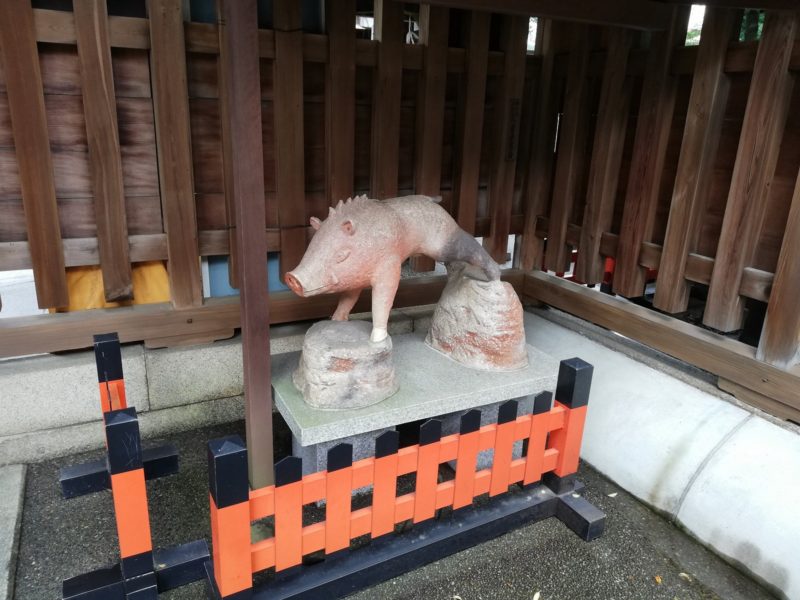
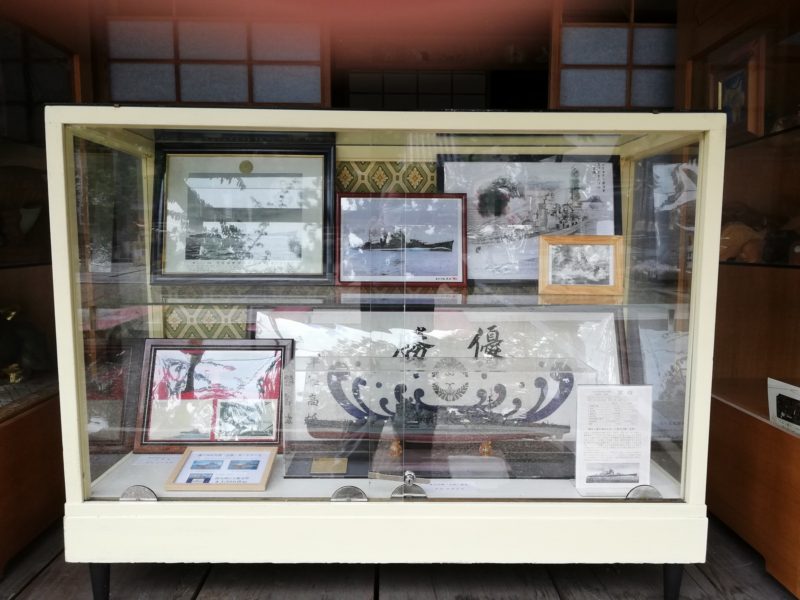
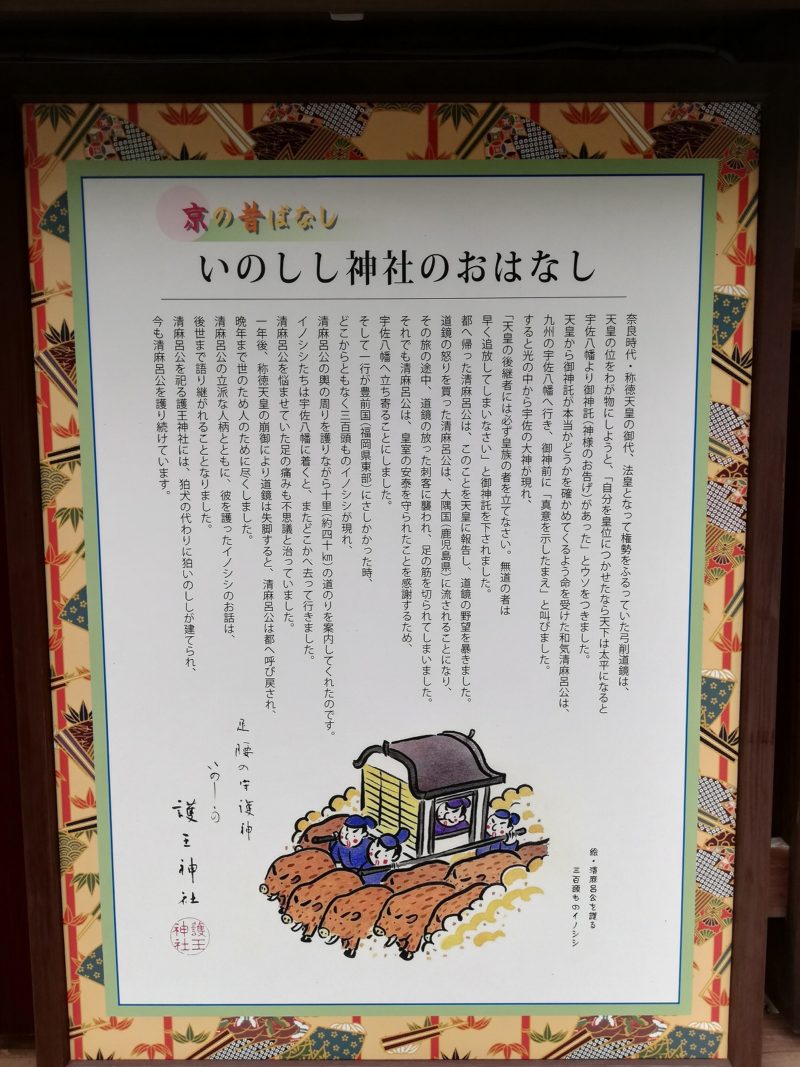
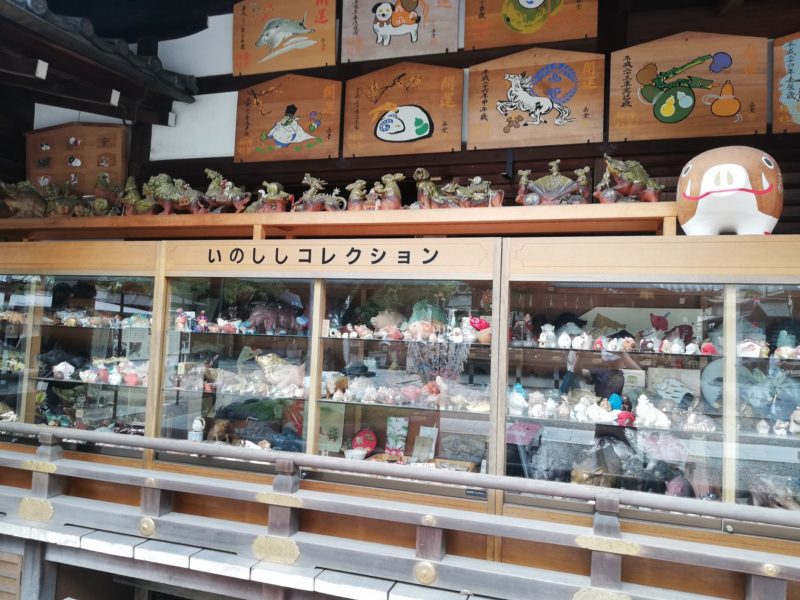
コメント